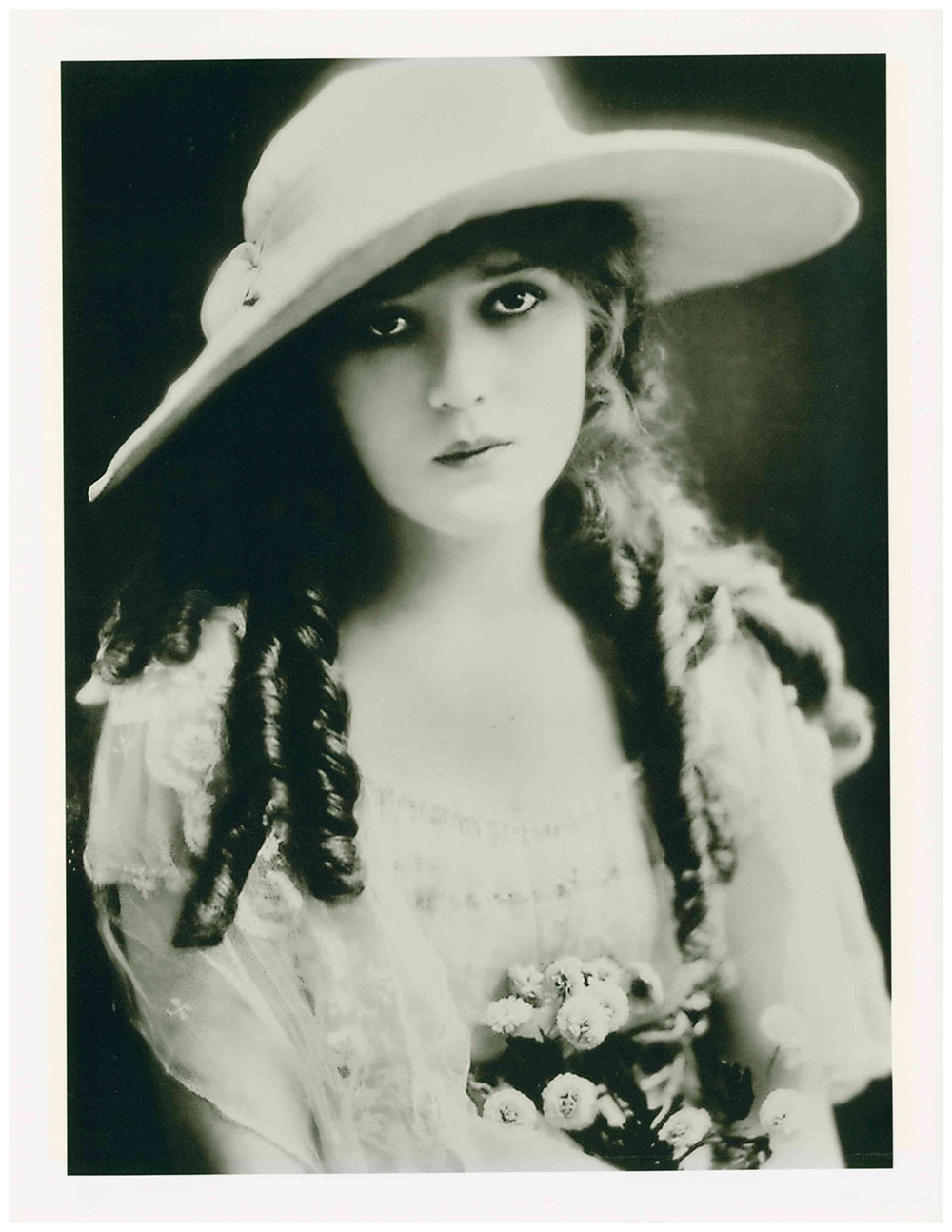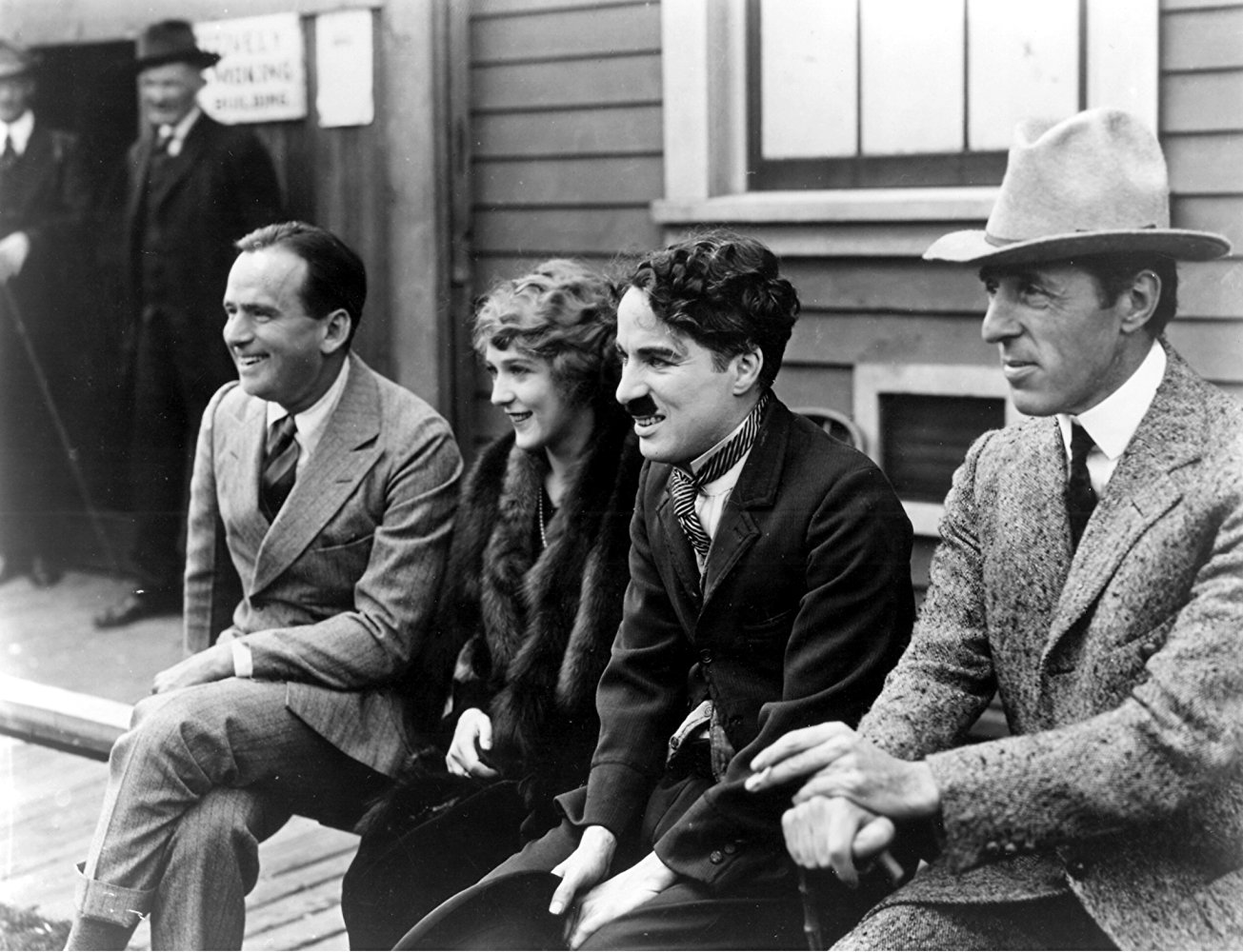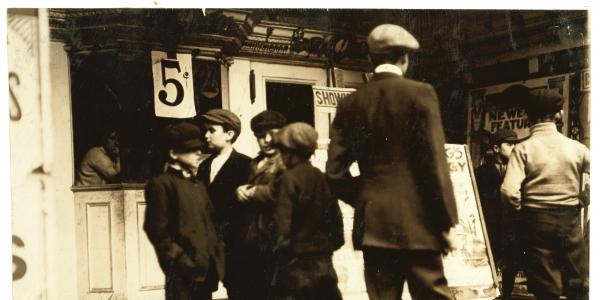Gaylyn Studlar is the David May Distinguished University Professor in the Humanities and the director of the Program in Film & Media Studies.
In 2019, United Artists celebrates its 100th anniversary. One hundred years is a lot of history by American standards, but even more so by Hollywood’s. The founding of United Artists was a radical act, one that occurred early in the history of the American film industry. It was also one of its most historically significant events. Movie studios had existed in Hollywood for less than a decade when United Artists was created. William Selig had opened a studio in 1909 in the city of Los Angeles, but it wasn’t until 1911 that the Nestor Motion Picture Company set up shop in Hollywood, in a rundown former roadhouse, the Blondeau Tavern.

United Artists would be created not by “moguls” or bankers but by artists, by movie talent — including a woman. In 1909 a young Canadian actress named Mary Pickford made her first appearances in one reel (eleven-minute) films made at Biograph studio in New York City. In 1911, she received her first on-screen credit for a Biograph film called Their First Misunderstanding. The American film industry had been resistant to crediting actors; instead, it relied on studio branding as the main marketing strategy. However, the importance of actors to audiences was recognized in the 1910s. Even film style changed in response to popular actors, who were recognized as “stars” that could sell movies week after week to the public and fuel box-office receipts.
Known to her audience as “Little Mary,” “The Girl with the Curls,” and “America’s Sweetheart,” Pickford became the biggest female star in the first quarter century of American film history. Pickford’s only rivals in box-office popularity were smiling action hero Douglas Fairbanks, who would become her second husband in 1920, and Fairbanks’ good friend, Charles Chaplin, whose “Little Tramp” comedy persona was beloved worldwide. During the 1910s, Pickford moved from studio to studio to acquire more money but also more power to guarantee the quality of her films. In 1916, she became the first Hollywood star to produce her own films under a partnership agreement with Famous Players-Lasky/Paramount. In 1918, she moved to First National, but by 1919, she was fed up.
As Hollywood corporatized with vertical integration linking production to distribution to theatrical exhibition, the studios depended on “block booking,” which forced movie theater exhibitors to take groups of films — sight unseen, titles unknown. Pickford learned that her spectacularly popular films were used by Famous Players-Lasky and then First National to force theater managers to commit to these large packages of films. Pickford had enough of letting a major studio profit in the millions from her popularity and even sell inferior films with it. She, Fairbanks, Chaplin, prominent director D.W. Griffith, and movie cowboy William S. Hart joined together to form a distribution company for independent producers. Hart dropped out of the radical experiment, but the others stuck, and on April 17, 1919, United Artists (UA) was incorporated. The partners hoped the new enterprise would guarantee them both artistic control and improved profits. An unprecedented declaration of independence by Hollywood’s top talent, it was a business venture, but, as scholar Tino Balio, has noted, it was one rooted in artistic idealism too.

With an adolescent screen persona to nurture, Pickford had long been careful to give the impression that her mother, Charlotte, financially managed her career, but many years after the founding of United Artists, she suggested this radical venture had been her brainchild. The company would distribute the films of independent producers, including those of the four partners. Block booking was banned. Each film distributed by UA would sink or swim on its own.
In the early 1920s, United Artists offered some big, bold box-office hits, like Fairbanks’ The Mark of Zorro and Robin Hood, and quiet, sensitive ones, like D.W. Griffith’s Broken Blossoms. Pickford won over audiences with her film version of the popular novel of girlhood, Pollyanna. Apart from the popularity of individual films, UA would become a bulwark against the overwhelming dominance of vertically integrated studios that sought to eradicate competition, preventing independent productions from reaching movie theater screens. Ultimately, the U.S. Supreme Court would demand via the “Paramount decrees” of 1948 that studios stop their widespread stifling of competition. Block booking, vertical integration, and other policies like blind booking, would have to end, but this was over twenty years away.
Faced with such daunting competition and internal challenges, United Artists experienced financial instability for years. The partners often failed to hit target goals for making films. D.W. Griffith left. Reorganization was required, and producer Joseph Schenck was called in to be chairman of the board. Other talent would come and go — like Gloria Swanson, Buster Keaton, Sam Goldwyn, Walter Wanger, Alexander Korda, and David O. Selznick — but with few trusted to become full partners. Pickford and Fairbanks retired from the screen in the early 1930s, and divorced. Pickford assumed the role of executive leadership at United Artists in 1935 but made mistakes, among them the loss of UA’s distribution of Disney films. In 1939, Fairbanks died. In 1951, management was transferred out of Pickford’s hands, and she sold her stock in UA in 1956, a year after the other remaining founder, Charles Chaplin, had sold out.
In the 1950s, United Artists entered a new era under the guidance of Arthur B. Krim and Robert S. Benjamin. This was an era of international agreements, television, and the rise of independent producers in the wake of the Paramount decrees that broke up the studios. In this very different climate for organizing U.S. film business, United Artists became a model for a successful Hollywood company. Its scope and success eclipsed the vision of its four original founders, who had labored within and then against a highly monopolist industry, but without the radical act of independence and commitment to quality made by Mary Pickford, D.W. Griffith, Charles Chaplin, and Douglas Fairbanks, United Artists would never have existed — or ultimately flourished.
Headline photo: “Going to the movies, Jersey City, New Jersey, 1912” by Lewis Hine CC BY 2.0






